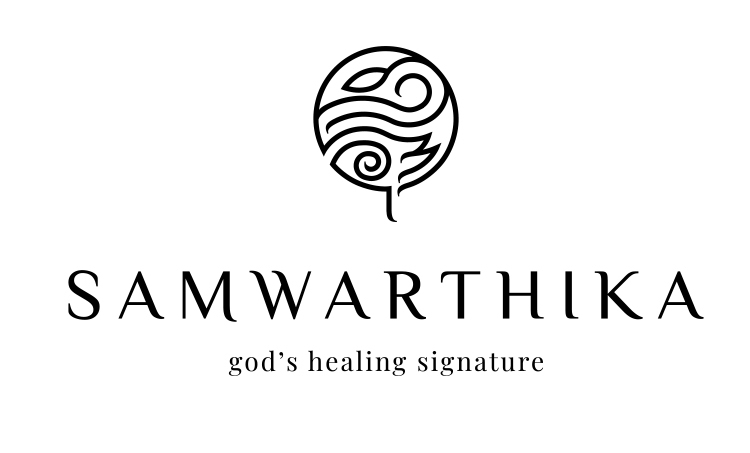Trigeminal neuralgia is a chronic pain condition characterized by intense, stabbing or electric shock-like pain along the trigeminal nerve, which is responsible for sensation in the face. The pain is typically brief but can be severe and recurring.
Key features include:
1.Location of Pain: Primarily affects one side of the face, often around the eyes, nose, lips, and jaw.
2.Episodic Attacks: Sudden, severe, and recurrent episodes of pain, which can be triggered by even mild stimuli like touching the face, chewing, or speaking.
3.Intensity: The pain is often described as excruciating and debilitating, leading to a significant impact on the individual’s quality of life.
4.Triggers: Common triggers include touch, temperature changes, and certain facial movements, although spontaneous attacks can also occur.
5.Duration: Episodes are typically short-lived, lasting from a few seconds to a couple of minutes, but the frequency can vary.
6.Underlying Causes: Trigeminal neuralgia is often associated with compression of the trigeminal nerve by a blood vessel. Other causes include nerve damage due to aging, multiple sclerosis, or unknown factors.
Ayurvedic management of trigeminal neuralgia aims to balance the doshas (Vata, Pitta, and Kapha) and address the underlying causes of nerve irritation. It’s important to consult with an Ayurvedic practitioner for personalized guidance. General approaches may include:
1.Herbal Remedies:
- Ashwagandha: Known for its anti-inflammatory and calming properties.
- Brahmi (Gotu Kola): Supports nervous system function.
- Shatavari: Aids in balancing Vata and Pitta doshas.
2.Dietary Recommendations:
- Emphasis on warm, cooked, and easily digestible foods.
- Inclusion of anti-inflammatory herbs and spices like turmeric.
3.Nasya Therapy:
- Nasal administration of medicated oils to nourish and calm the nervous system.
4.Shirodhara:
- Continuous pouring of warm herbal oil on the forehead to promote relaxation.
5.Panchakarma:
- Detoxification procedures like Virechana (purgation) or Basti (enema) may be recommended to eliminate toxins.
6.Lifestyle Modifications:
- Stress management techniques, such as meditation and deep breathing exercises.
- Adequate rest and sleep to support overall well-being.
Remember, Ayurvedic treatments should be tailored to your specific constitution (Prakriti) and the imbalance of doshas (Vikriti).
Syringomyelia, sometimes referred to as syrinx or hydromyelia, is a condition characterized by the development of a fluid-filled cyst (syrinx) within the spinal cord. This cyst can cause damage to the spinal cord by compressing or stretching nerve fibers.
Key points about syringomyelia include:
1. Causes: Syringomyelia can be either congenital (present at birth) or acquired. Acquired syringomyelia is often associated with conditions like Chiari malformation, spinal cord injuries, tumors, or inflammation.
2.Symptoms: Symptoms can vary but often include pain, weakness, sensory impairment, and, in severe cases, motor and reflex abnormalities. The symptoms typically relate to the location and size of the syrinx.
3.Diagnosis: Diagnosis involves imaging studies such as MRI to visualize the syrinx and assess its impact on the spinal cord.
4.Treatment: Treatment options depend on the underlying cause and severity of symptoms. In some cases, surgical intervention may be necessary to address the syrinx and relieve pressure on the spinal cord.
5.Monitoring: Regular monitoring and follow-up are crucial, as syringomyelia can be progressive and may require ongoing management.
Ayurvedic management of syringomyelia involves a holistic approach to balance the doshas (Vata, Pitta, and Kapha) and address the underlying factors contributing to the condition. Keep in mind that Ayurvedic treatments should be complementary to conventional medical care, and it’s crucial to consult with both Ayurvedic and allopathic healthcare professionals for an integrated approach. Here are some general Ayurvedic principles that may be considered:
1. Herbal Remedies:
- Ashwagandha: Known for its anti-inflammatory and calming properties.
- Brahmi (Gotu Kola): Supports nervous system function.
- Shatavari: Aids in balancing Vata and Pitta doshas.
2. Dietary Recommendations:
- Emphasis on warm, cooked, and easily digestible foods.
- Inclusion of anti-inflammatory herbs and spices like turmeric.
3. Nasya Therapy:
- Nasal administration of medicated oils to nourish and calm the nervous system.
4. Shirodhara:
- Continuous pouring of warm herbal oil on the forehead to promote relaxation.
5. Panchakarma:
- Detoxification procedures like Virechana (purgation) or Basti (enema) may be recommended to eliminate toxins.
6. ifestyle Modifications:
- Stress management techniques, such as meditation and deep breathing exercises.
- Adequate rest and sleep to support overall well-being.
It’s crucial to note that Ayurvedic treatments should be individualized based on the patient’s unique constitution (Prakriti) and the imbalance of doshas (Vikriti)

